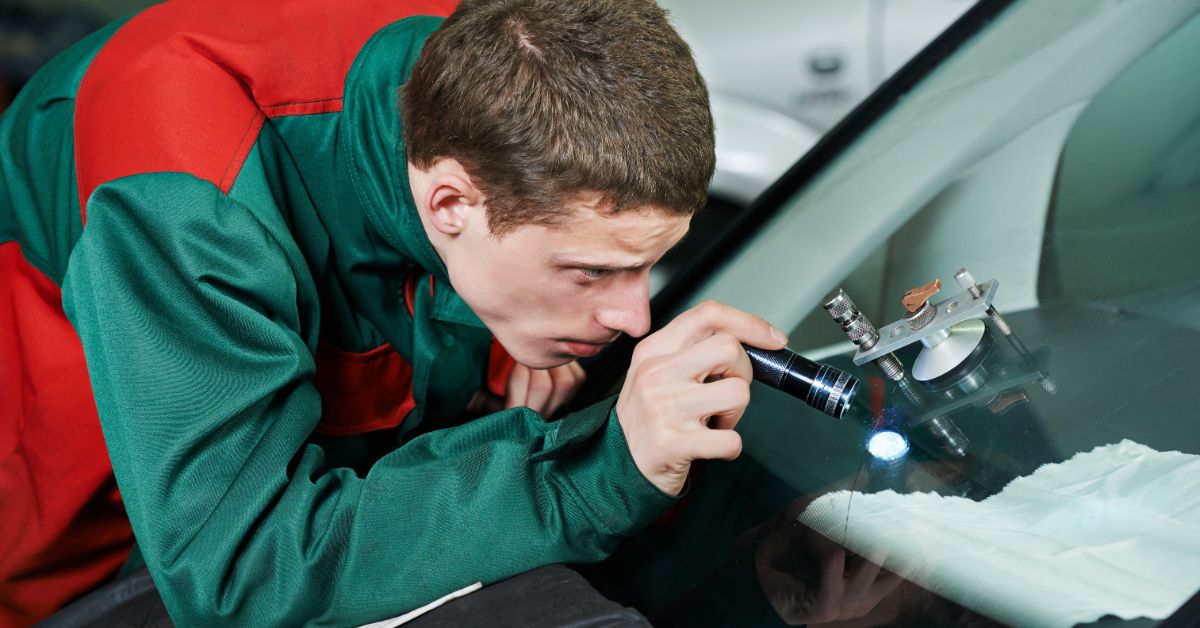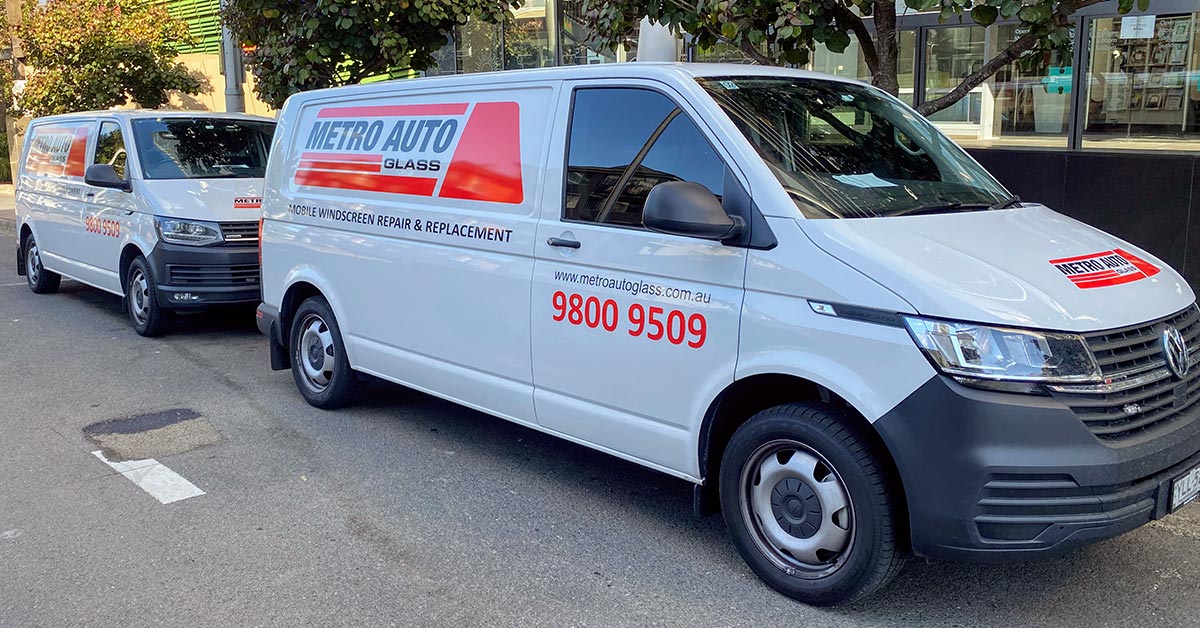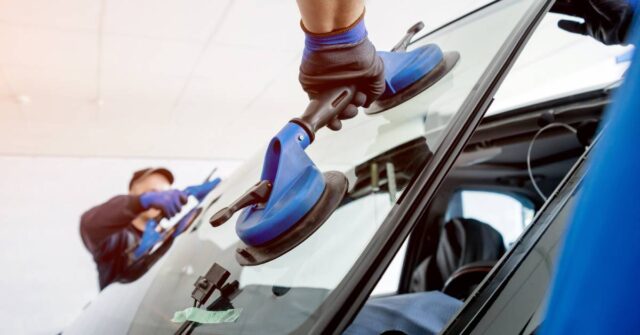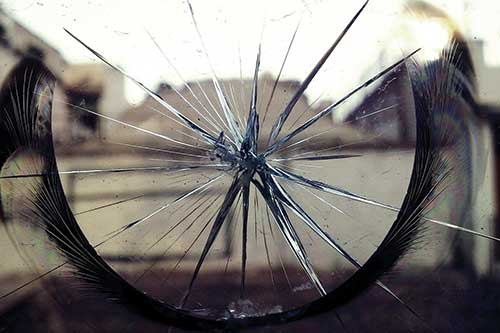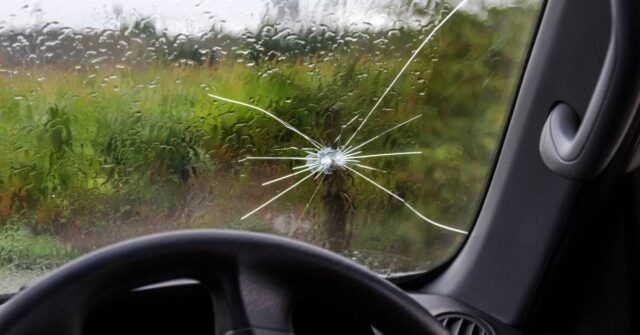Windscreen damage is a common issue for drivers across Australia, from the bustling streets of Sydney to the remote outbacks.
Not only can chips and cracks be a nuisance, but they can also impair your visibility and compromise the structural integrity of your vehicle.
This comprehensive guide aims to equip you with the knowledge to identify, address, and ultimately prevent windscreen damage.
Introduction
Windscreen maintenance is crucial for safe driving. A clear and undamaged windscreen is essential for optimal visibility and contributes to the overall strength of your vehicle.
Understanding the various types of windscreen damage can help you make informed decisions about repair and maintenance, ensuring your safety and that of your passengers.
The Importance of Windscreen Maintenance in Australia
In Australia’s diverse climate, from tropical north to temperate south, windscreens are exposed to a variety of hazards, such as road debris, hail, and extreme temperature changes.
Regular maintenance and prompt repair of any damage can prevent small chips and cracks from worsening, saving you time and money while keeping you safe on the road.
Understanding Windscreen Damage
Windscreen damage can occur in many forms, each with specific characteristics and implications for repair.
Recognizing the difference between a chip and a crack, for example, is the first step in addressing windscreen damage effectively.
Timely action can often prevent the need for a full windscreen replacement.
Types of Windscreen Damage
Windscreen damage is not just a cosmetic issue; it can significantly affect your vehicle’s safety. Let’s explore the common types of damage encountered on Australian roads.
Chips
A chip is a small point of impact where a piece of debris has struck the windscreen, causing a small piece of glass to break away.
Chips are typically circular or oval in shape and can often be repaired if addressed early.
Cracks
Cracks are lines that appear on the windscreen, extending from the point of impact. They can vary in length and direction and may spread over time if not repaired.
Cracks longer than a certain length which is smaller than you may realise, may require a windscreen replacement.
Bull’s Eye
This type of damage is characterized by a circular break in the glass, resembling a bull’s-eye. It is caused by a high-impact object hitting the windscreen.
A bull’s eye can sometimes be repaired, depending on its size and location.
Star Break
Star breaks appear as a series of cracks emanating from a central point of impact, creating a star-like pattern.
These are more complex than simple chips and may require professional evaluation to determine if repair is feasible.
Combination Break
A combination break involves multiple types of damage, such as chips and cracks, occurring simultaneously.
These are typically more challenging to repair and may necessitate replacing the windscreen.
Identifying Windscreen Damage
Identifying the type and severity of windscreen damage is crucial for determining the appropriate course of action. Here’s how to assess the damage accurately.
Initial Inspection
Start with a visual inspection of your windscreen in good lighting conditions. Look for any signs of damage, no matter how small.
Use a magnifying glass if necessary to identify tiny chips or cracks that could potentially spread.
Tools for Identifying Lesser-Visible Damage
Besides visual inspection, tools like a glass inspection light can help highlight cracks and chips that are hard to see with the naked eye.
These tools are particularly useful for detecting damage that may not be immediately apparent.
When to Seek Immediate Attention
If you notice a crack that is spreading rapidly or is located in the driver’s line of sight, it’s crucial to seek professional help immediately.
Delaying repairs can lead to further damage and may compromise your safety on the road.
DIY Vs. Professional Repair
Deciding between a DIY repair and a professional service depends on the damage’s severity and your confidence in performing the repair.
Understanding the differences can help you choose the best option.
Assessing the Damage for DIY Repair
DIY repair kits are suitable for small chips and cracks, usually less than 1 inch in diameter.
Before attempting a DIY repair, ensure the damage is not in the driver’s line of vision, as DIY repairs can sometimes reduce clarity.
When to Call a Professional
If the damage is extensive, such as a long crack or a combination break, it’s best to consult a professional.
Professional technicians have the latest tools and expertise to ensure the repair or replacement is done safely and effectively.
Choosing the Right Repair Service in Australia
Look for a service with certified technicians and positive reviews. In Australia, reputable services often offer mobile repairs, allowing them to come to you, which is convenient and saves time.
Steps for DIY Windscreen Repair
If you’ve decided to tackle a small repair yourself, follow these steps to ensure a successful outcome.
Gathering the Necessary Tools and Materials
You’ll need a windscreen repair kit, which typically includes a resin adhesive, applicator, and curing strips. Also, ensure you have a clean, dry cloth and a razor blade for cleanup.
Preparing the Windscreen
Clean the damaged area thoroughly with a glass cleaner to remove any debris. Dry the area completely before proceeding.
Applying the Repair Kit
Follow the instructions included with your repair kit closely. Generally, this involves applying the resin to the damaged area and then using the applicator to insert the resin into the chip or crack.
Curing and Finishing Touches
Once the resin is applied, use the curing strips provided in the kit to help the resin set. The curing process may require direct sunlight.
After curing, remove any excess resin with a razor blade for a smooth finish.
Professional Windscreen Repair Processes
Understanding what to expect from professional repair services can make the process less daunting.
Assessment and Quotation
A professional technician will assess the damage to determine the best course of action. They will then provide a quote for the repair or replacement.
The Repair Procedure
Professional repairs involve cleaning the damaged area, applying a stronger resin than DIY kits, and using specialized equipment to ensure the resin cures properly, restoring the windscreen’s integrity.
Post-Repair Inspection and Maintenance Tips
After the repair, the technician should inspect the windscreen to ensure safety standards are met. They may also offer tips for maintaining your windscreen and preventing future damage.
Preventing Future Windscreen Damage
While some windscreen damage is unavoidable, there are steps you can take to minimize the risk.
Driving Habits to Avoid
Avoid following other vehicles too closely, especially on highways where debris is more likely to hit your windscreen. Also, avoid driving on unpaved roads whenever possible.
Protective Measures and Accessories
Using windscreen protectors when parked outdoors can help shield your windscreen from the elements and falling debris.
Regularly replacing your windscreen wipers can also prevent scratches that weaken the glass.
Regular Windscreen Check-ups
Schedule regular professional inspections of your windscreen to catch and address minor damages before they become major issues.
Insurance and Windscreen Repairs in Australia
Navigating insurance claims for windscreen repairs can seem complex, but understanding your coverage can simplify the process.
Understanding Your Policy
Review your car insurance policy to understand what is covered regarding windscreen repairs. Some policies offer windscreen cover as an optional extra, while others include it as standard.
Claim Process for Windscreen Repairs
If you need to make a claim, contact your insurer as soon as possible. Provide all necessary details about the damage and the incident that caused it.
Your insurer will guide you through the claim process, which may include choosing an approved repairer.
Choosing Insurance-Friendly Repair Services
Selecting a repair service that works directly with your insurance company can streamline the repair process.
Many Australian insurers have preferred providers that offer hassle-free direct billing to the insurer.
Conclusion
Maintaining a clear and undamaged windscreen is crucial for safe driving.
By understanding the types of windscreen damage, how to address them, and ways to prevent future issues, you can ensure your vehicle remains safe and roadworthy.
Remember, when in doubt, consult a professional to maintain the highest safety standards.
Summary of Key Points
Regular inspection and maintenance of your windscreen are essential.
For minor damage, DIY repair kits can be an effective solution, but professional repairs are recommended for more severe damage.
Taking preventative measures can help minimize the risk of future windscreen damage.
Final Thoughts and Recommendations
Always prioritize safety over cost when it comes to windscreen repairs.
Investing in professional repairs when necessary can save you money in the long run by preventing more severe damage and ensuring your vehicle remains safe to drive.
